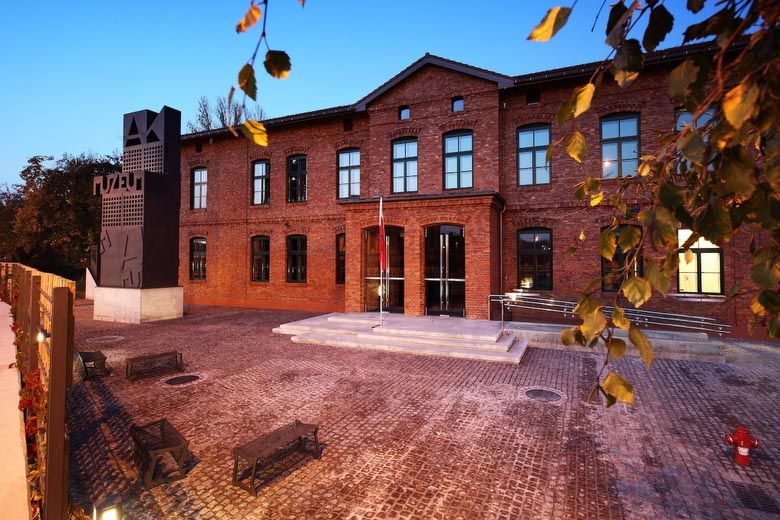Home Army Museum Gen. Emil Fieldorf 'Nil' - Krakow
No weather data
0.0 /5
Number of ratings: 0
Address: Wita Stwosza 12 , 31-511 Kraków
Home Army Museum Gen. Emil Fieldorf "Nila" in Krakow is the only institution of this kind in Poland disseminating knowledge about the Polish Underground State and its armed forces. Established in 2000 as a local government unit for disseminating the culture of the City of Krakow and the Lesser Poland Voivodeship. The formal establishment of the Home Army Museum was preceded by a ten-year effort to collect and display historical memorabilia by Home Army veterans. To date, the Museum has collected almost 7,000 exhibits and over 12,000 archives - mainly gifts from Home Army Soldiers and their families scattered around the world - historical memorabilia, often exhibits - relics; the library resources contain approximately 11,500 volumes. The exhibitions organized by us at the Museum's headquarters and elsewhere in 2011 were visited by almost 100,000 people, not counting the participants of events, conferences, lectures, readings, lectures, museum lessons or demonstrations of historical weapons and soldier's equipment. The idea of the Home Army Museum is to present a holistic picture of the Polish underground with its spiritual genesis and the shape of its patriotic heritage up to the present day. That is why in 2005 an international architectural competition was announced and settled. Political changes that have been taking place in Poland since 1989 have enabled former soldiers of the Polish Underground State and the Polish Armed Forces to begin efforts to present their fate to the public and fight for independence in the years of World War II. Taking advantage of the favorable political climate, the Krakow veterans from the Union of Home Army Soldiers made efforts to create their own Home Army History Museum, which faced the great task of breaking the history of their faithful service to God, Honor and Homeland. To this end, they appealed to the Home Army soldiers to collect documents and memorabilia from the war years that could give rise to the exhibition and the museum. Driven by the need of the heart, the soldiers of the Home Army and the PES began to provide the museum being created - kept in the most secret private archives and hideouts - souvenirs, personal documents and weapons.
Komentarze
No results
Nearby places
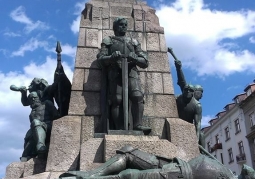
Grunwald Monument - Krakow
Category: MonumentsEquestrian statue of King Władysław II Jagiełło in Krakow, in the I District of the Old Town, on Jan Matejko Square, erected in 1910 from the foundation of Ignacy Jan Paderewski, designed by Antoni Wiwulski and...
1 km
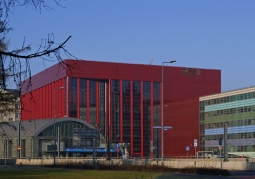
Krakow Opera - Krakow
Category: Opera and philharmonicsThe institution of the opera in Krakow was not established until 1954. Originally it was in a modest room of the Soldier's House and at ul. Lubicz 48. Its activity began with the premiere of Rigoletto Giuseppe Verdi....
1 km
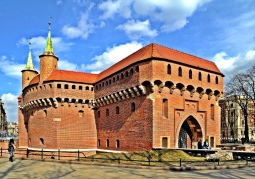
Cracow Barbican - Krakow
Category: Defensive Fortifications and CastlesThe fortification building is one of the greatest buildings of medieval military architecture in Europe. Until the beginning of the 19th century, the Barbican was an almost impregnable building. Only a few similar...
1 km
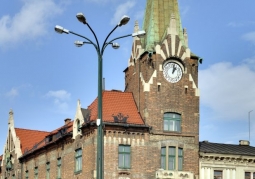
House Under the Globe - Krakow
Category: Tenement housesThe building erected in 1904-1906 according to the design of Franciszek Mączyński and Tadeusz Stryjeński, formerly the seat of the Chamber of Commerce and Industry. Represents the architecture of early modernism. It...
1 km
Nearby places

Grunwald Monument - Krakow
Category: MonumentsEquestrian statue of King Władysław II Jagiełło in Krakow, in the I District of the Old Town, on Jan Matejko Square, erected in 1910 from the foundation of Ignacy Jan Paderewski, designed by Antoni Wiwulski and...
1 km

Krakow Opera - Krakow
Category: Opera and philharmonicsThe institution of the opera in Krakow was not established until 1954. Originally it was in a modest room of the Soldier's House and at ul. Lubicz 48. Its activity began with the premiere of Rigoletto Giuseppe Verdi....
1 km

Cracow Barbican - Krakow
Category: Defensive Fortifications and CastlesThe fortification building is one of the greatest buildings of medieval military architecture in Europe. Until the beginning of the 19th century, the Barbican was an almost impregnable building. Only a few similar...
1 km

House Under the Globe - Krakow
Category: Tenement housesThe building erected in 1904-1906 according to the design of Franciszek Mączyński and Tadeusz Stryjeński, formerly the seat of the Chamber of Commerce and Industry. Represents the architecture of early modernism. It...
1 km
